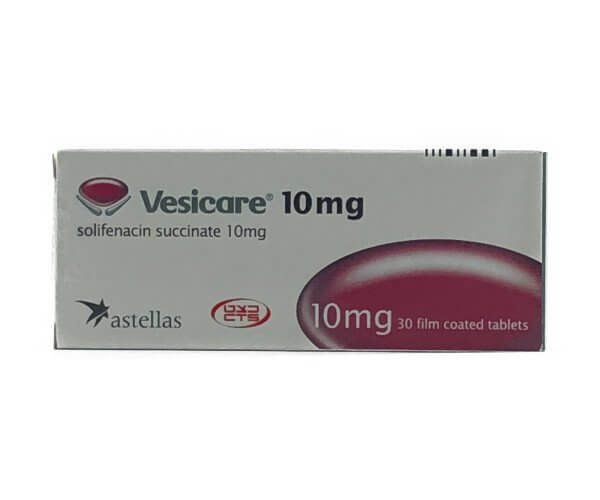Vesicare (solifenacin) is used to treat symptoms of overactive bladder, such as frequent or urgent urination, and incontinence (urine leakage). Solifenacin belongs to the class of drugs known as anticholinergic. It reduces muscle spasms of the bladder and urinary tract.
Dosage
The dosage and timetable is set by the prescribing doctor. The usual dosage is one tablet (5 mg or 10 mg) per day, to be swallowed whole with water. The tablet is coated and must not be crushed or chewed. If a scheduled dose is missed, it can be made up within a few hours. Do not double-dose the next day to make up for a missed dose.
This text is for informational purposes only. Please consult a doctor or pharmacist before using any medication.
Read the information leaflet that comes with the medication.
Most people who use Vesicare do not experience any negative side effects. Doctors prescribe Vesicare because they assess that the benefits that such treatment yields outweigh any likely unwanted effects.
Some of the side effects that have been reported include dry mouth, constipation, drowsiness, stomach upset, blurred vision, dry eyes, headache, or unusual tiredness or weakness.
Not all side effects are listed here. If these or other unlisted symptoms persist or worsen, consult a healthcare provider or pharmacist.
Vesicare treats overactive bladder which causes symptoms of urinary incontinence (leakage), urge incontinenece (a sudden, uncontrolled need or urge to urinate), and urinary frequency.
Solifenacin is not usually prescribed to treat stress incontinence.













